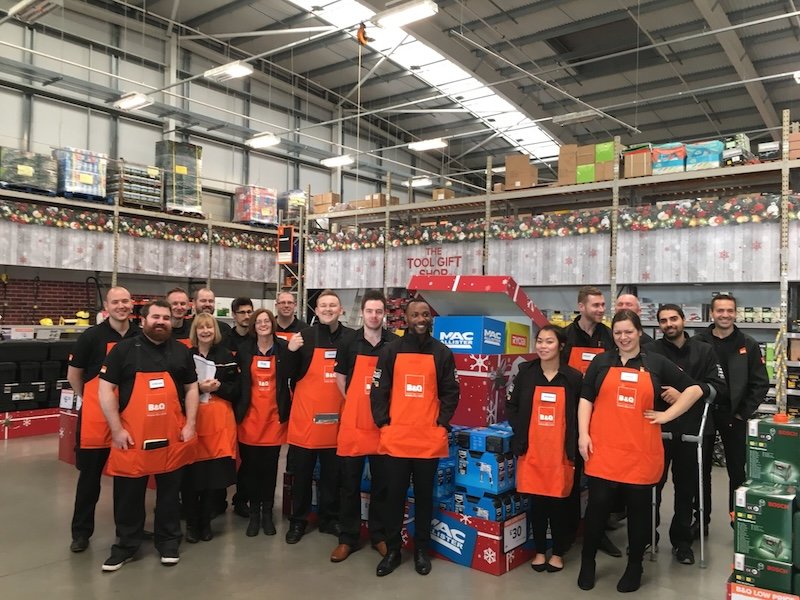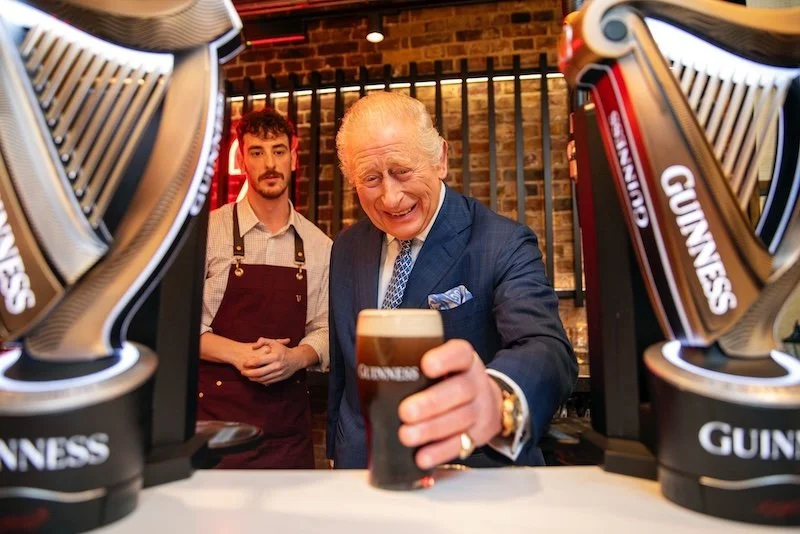Rapid grocery delivery bubble bursts. Here’s why it’s no great surprise
The rapid grocery delivery sector is falling on hard times after booming during the Covid-19 outbreak.
What’s surprising is it’s only just happening now, says Jonathan Carrier, Co-Founder at ZipCharge.
In a LinkedIn post, he observed: “I find it incredible that a business built on such poor fundamentals and unit economics can raise so much money. It’s been a Ponzi scheme of growth, with heavily discounted service driving false hyper-growth metrics of new users, to fund further unsustainable growth.”
Carrier was responding to an article by The Guardian, entitled Bubble bursts for rapid food delivery as UK firms shed workers.
In the article, Quaid Combstock, who once headed up delivery operations for Jiffy, which ceased making rapid grocery deliveries in May, said the market had collapsed.
“The pandemic created a warped vision of the way people were going to buy their groceries in the decades to come,” he commented. “But when people could go out safely, the need for on-demand grocery receded. This is what the rapid delivery firms and their venture capital backers got completely wrong.”
He added: “These firms are charging £2 to £3 per delivery, which usually takes 30 minutes to and from the warehouse. But the riders are earning £12 an hour – so that time equals about £6.”
“The difference between the wholesale cost of the products and the sale price does not make up for that shortfall. Most grocery products only have 1-5% margins, if they are not loss leaders, like milk.”
“If you start charging a realistic rate, probably £6 to £10 pounds an order, then people are going to put two fingers up and walk to the shop instead,” Combstock concluded.








Continue reading…